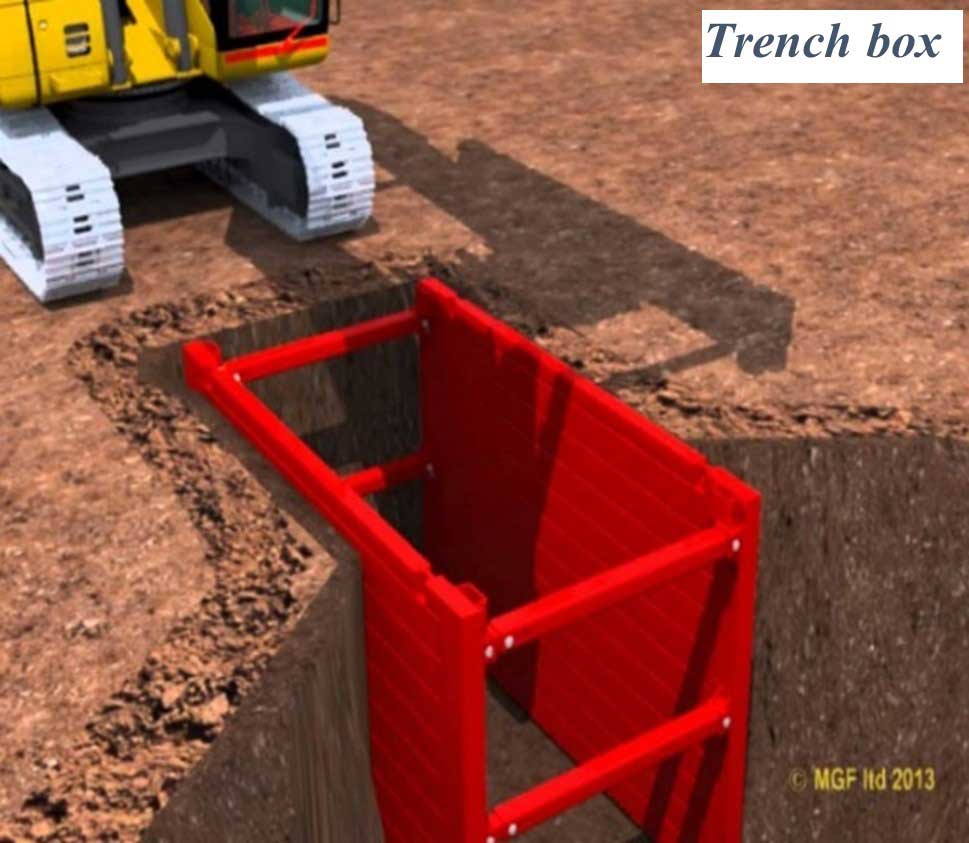Numerous engineering sites and construction projects need trench-digging. They are utilized to lay telephone lines and pipes. Due to the high moisture content of the soil, trenching can be a laborious task. It is due to the fact that it’s difficult to remove dirt and debris from the surrounding objects, but also to ensure the safety of your family members as you can cause serious injuries should you accidentally expose your skin.
Trenches are needed to complete any kind of repair or construction which needs access to the ground. Trench boxes are also utilized to guard against collapse based on the soil’s quality and the thickness of the material. They are made of steel and aluminum framing that is temporary to keep it in place while excavation takes places around them. Then, the grout is placed between two layers to prevent cracks from forming at site level.

Pre Installation
Before digging gets underway, it is essential to assess the risks to be taken. It is vital to know what equipment and how many individuals require access. Also, reflect on alternatives that could have been used to finish the job without putting life or limb at risk (such as techniques that are minimally invasive). The pre-excavation survey must include an extensive risk assessment to ensure that all possible hazards are easily recognized. This can help to avoid risks that could arise later.
It’s also essential to think about the depth of your trench. A 5-foot slab of concrete will be able to hold you. If your trench is deeper than it, then shoring, or sloping might be necessary. However, if the 20-foot deep hole has no straight sides any structure above ground has to take into account the higher risk of foundation movement.
Access to the trench has to be made by steps or ladders. It is essential to have the safety of access within 25 feet of the workers whenever an emergency arises and it might be necessary to test for toxic or low oxygen levels gasses using specially designed boxes known as “trench boxes.” The installation of these devices is simple, but they could increase the danger of stacking them on top of one another since you aren’t sure how high your piles are going to reach their weak bottom.
Care: Looking after the trench
1. You should inspect your trench box and the supporting structure each day for any damage or movements.
2. When working on-site employees must be wearing their protective equipment and should wear a steel-toed boots and high-visibility clothing.
3. Heavy equipment and tools should be placed at least 3 feet away from the edge of any trench.
Extracting
Because the ground around the trench box is moving, it is more difficult to set up than to take it out. For the purpose of extraction, you may use chain slings. A crane that is overhead is another option.
1. Straight Pull Straight Pull: This is among the most basic methods for extracting materials. Simply connect your sling to two points and then lift it outwithout fussing with excessive force or inefficient movements.
2. Half Pull: Attach the half-pull to one end of the trench box and then raise as high as you can before moving to the other side. You can get rid of dirt and debris out of the trench box without doing any harm.
3. Single Pull One Chain sling leg to the lifting or extraction point to shift the trench box. Then you can raise each panel using a single pull. It can be removed using your trusty pull.
For more information, click shoring boxes